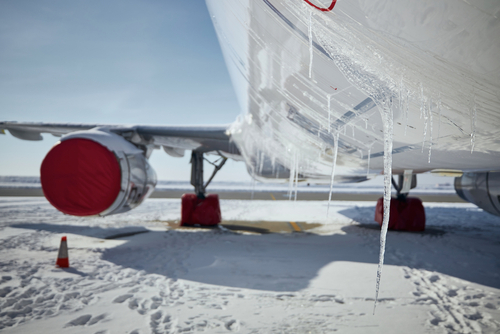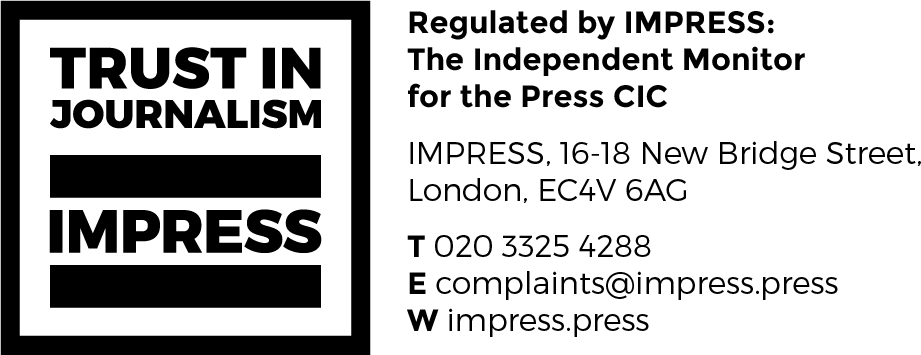De-ice, ice baby: How de-icing worries can scare aircraft buyers

Before he became the lead singer of Queen, Freddie Mercury was a baggage handler at London Heathrow Airport. Bing Crosby, however, was not a dispatcher. A White Christmas is a nightmare for them.
Spraying glycol on to aircraft wings is not fun. Charter customers hate the extra fee – which can vary between $1,000 to $10,000 in Europe. Operators have to manage delays and it causes extra stress for pilots.
De-icing may not seem that exciting if you are based in a warm climate (or have a heated hangar), but it is not just an issue at Christmas. Some US buyers actively avoid European aircraft because they believe that the continent’s de-icing products cause corrosion – particularly to landing gear.
“There has never been a definite study proving that de-icing fluid causes corrosion but that does not matter as there is the perception that it does,” says one European broker. “There is a theory that de-icing corrosion is more prevalent in Europe and so aircraft are checked. Those same levels of due diligence are not done as commonly on US-based aircraft, despite it having an equally cold climate in many areas. I suspect if all planes were inspected similarly we’d find equivalent levels of corrosion in US and EU ones.”
De-icing is not a simple issue. The mix of chemicals used and the blend can vary. But operators can help protect aircraft. “If you are an owner who thinks cleaning aircraft is purely cosmetic, you are wrong,” says Colin Brickman, CEO of C4J Aviation, a consulting and airworthiness management company. “It depends on utilisation but if you are often flying from Zurich to Iceland washing aircraft regularly will make a big difference to fighting corrosion.”
Landing gear corrosion is sometimes blamed on the products used to clear snow or ice from runways as well as de-icing products sprayed on aircraft. “US buyers are particularly concerned about aircraft that have been operated in eastern Europe and Russia where airports may still use urea,” says another broker. But there is no hard research to prove this.
De-Ice, a Boston start-up spun out of Massachusetts Institute of Technology (MIT), may also have a solution to cut the use of sprays. It basically turns aircraft wings into induction hobs. Aircraft operators attach thin tape strips containing gallium nitride, a semiconductor. When turned on, these generate a high-frequency current. This makes the electrons on the surface of the wing move, which generates heat and melts ice.
The launch customer for De-Ice is Air Canada but the company says it will be looking at other aviation markets. Duncan Aviation has been advising them on business aviation.
Manufacturers have also reduced corrosion issues by using newer alloys that do not react with de-icing chemicals. But pre-owned aircraft sellers can still curse Crosby when their aircraft go into pre-buy inspections.
“Aircraft are made of aluminium, steel and other metals, these dissimilar materials that corrode and cross-corrode in aircraft and engine structures when they are mixed – particularly when you spray corrosive fluids like de-icer on them. So quite frankly, what do people expect to happen? We fly aircraft from -40F to +40F in the same day, fly over polluted areas, fly through sandstorms and different environments. It is all part of the jigsaw you need to look at,” says Brickman.
He adds: “If you can’t accept some corrosion on your aircraft or are needing to replace landing gear, you are not ready to be an aircraft buyer. You should buy an S-Class Mercedes instead. You will just get to your meeting later.”
Subscribe to our free newsletter
For more opinions from Corporate Jet Investor, subscribe to our One Minute Week newsletter.








